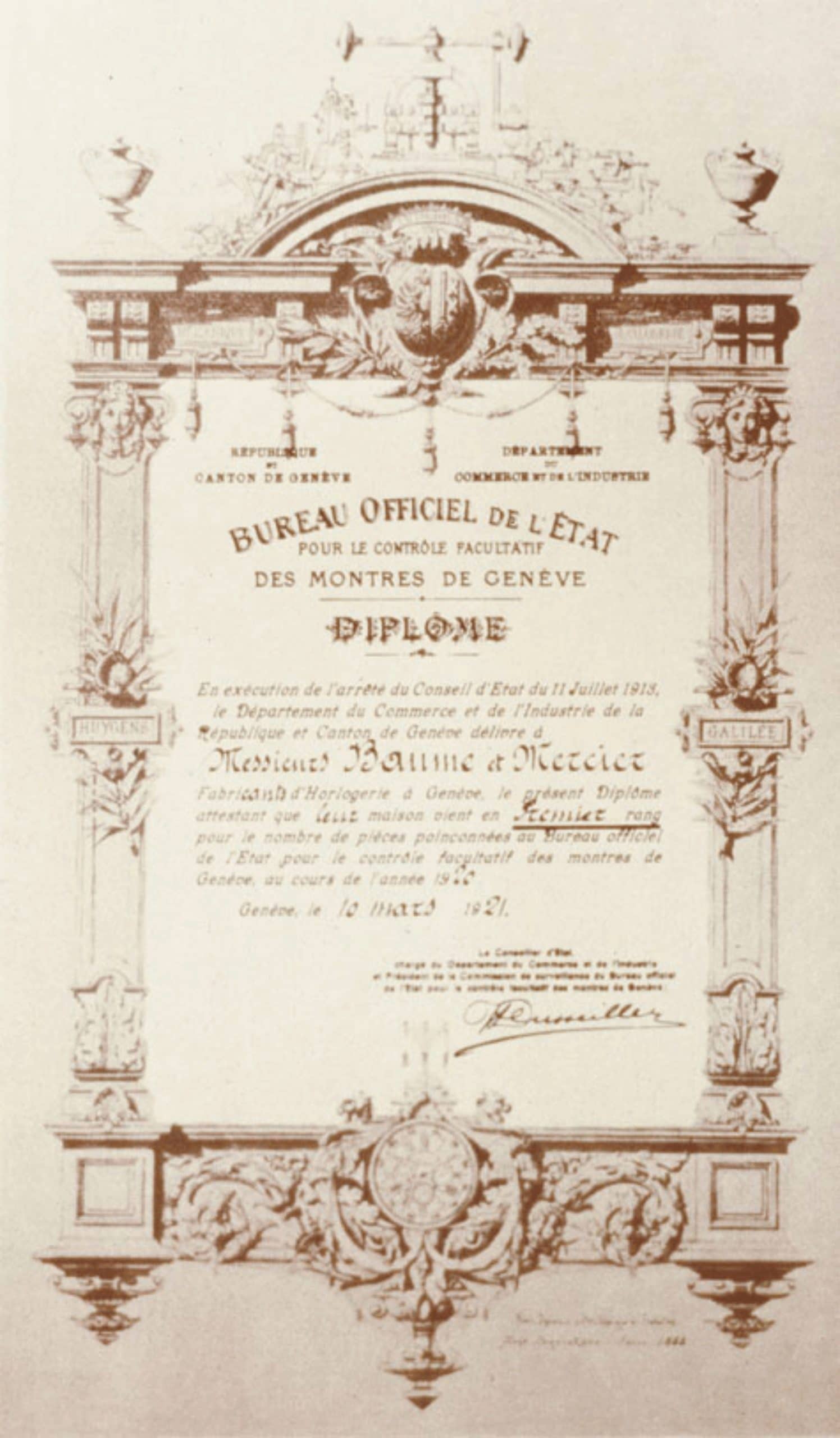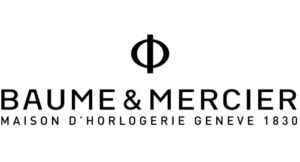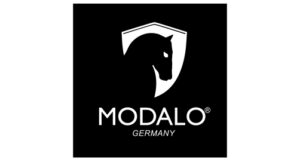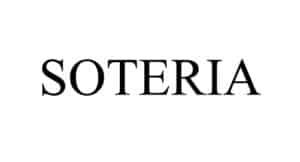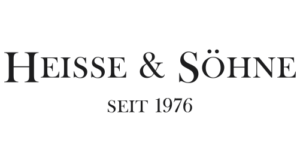Baume and Mercier
Join us as we journey deeper into the history of the brand
WHERE IT ALL BEGAN
BAUME AND MERCIER - THE ORIGINS
The Jura region, lying in the northwest of Switzerland, bordering with France has become synonymous with haute-horology. Dating back to the late 18th and early 19th centuries, watchmaking grew from humble traditions and workshops into the state-of-the-art facilities that we are now familiar with today.
…and it was here, in one of the Jura regions’ cantons named Les Bois that an entrepreneur and networker that went by the name of Louis Joseph Baume founded a small ‘comptoir’ (translated – ‘counter’) under the name of Freres Baume (translated – Brothers Baume). This shop gave the local watchmakers the opportunity to display and sell their works.
Moving forward to 1834, two of Louis Joseph’s sons, Louis Victor (Victor) aged 17, and Pierre Joseph Celestin (Celestin) aged 15 were learning the ropes of running the comptoir, now deciding to officially register the company under the name ‘Frères Baume, La Famille Louis-Joseph’, and still under the guidance of their father.

Pleased clients were spreading the good word of the timepieces that came from the brothers’ comptoir. With this, came increased sales and the brothers were keen to adopt new innovations and modern production methods to keep up with the international competition, in particular from the USA. In 1840, they introduced the Lepine calibre into their range along with the cylindrical escapement – both firsts in the Jura region of Switzerland. Although not a new concept, the slimmer movement enabled the brothers to manufacture a much slimmer and lighter pocket watch.
During this period, third and fourth brothers, Charles Auguste Feliciene (Feliciene) and Josephus Eugene joined the business. But it was Feliciene that decided to move to La Chaux-de-Fonds, something of a watchmaking metropolis, to establish a workshop with modern machinery and methods that would enable the company to become more independent and not fall behind with advancing manufacture.
By 1847 the Freres Baume reputation was held in high esteem, Celestine moved to London to market the watches and get more exposure. In 1851 he established the ‘Baume Brothers’ in Clerkenwell and later moved to Hatton Garden. Following on from Celestine’s efforts, the Baume Brothers watches were the first brand to be distributed in the Australia & New Zealand areas as well as being marketed throughout the British Empire.
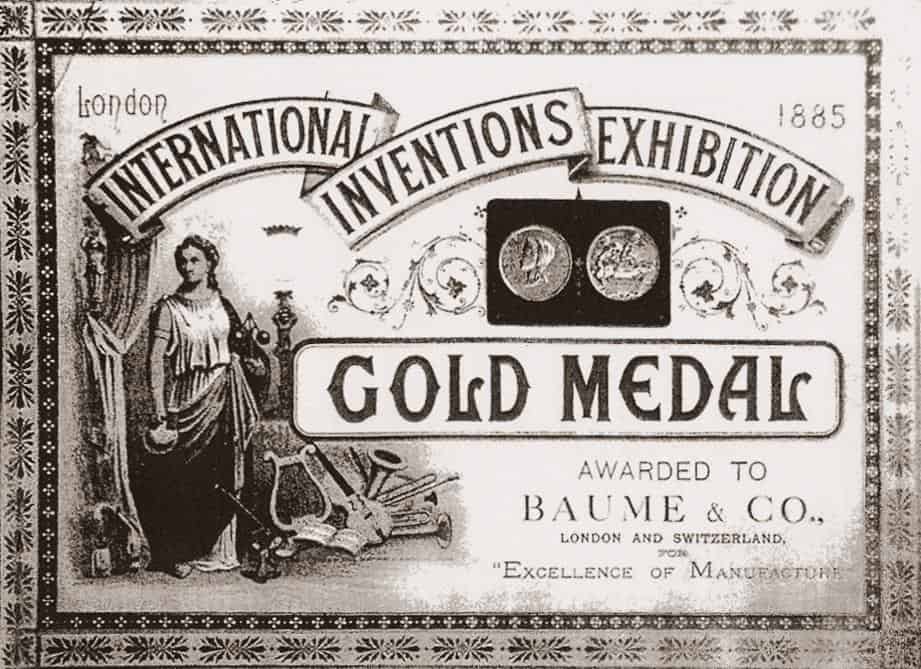
BAUME AND CO...
BAUME AND MERCIER - THE EXPANSION YEARS
With a reputable international brand known for its quality and craftsmanship, the Baume Brothers move from strength to strength, pushed by Celestine’s resourcefulness and social position. His accolades included being admitted into the Society of the Arts in 1861 and becoming a fellow of said Society in 1863, rubbing shoulders with the high society including the Duke of Devonshire and Baron Lionel de Rothschild among others. A well-respected philanthropist he also helped found the French Hospital for Foreigners in London in 1867.
Meanwhile back in Switzerland, Victor had brought his two eldest sons, Alcide in 1868 and Arthur in 1869 into the business in hope of continuing the family tradition - as it was handed to Celestine and himself back in the 1830s. Both sons had been educated in Germany and wished to continue with their watchmaking apprenticeships.
In 1875 ill health forced Celestine to request assistance in the running of the London operation. Arthur Baume accompanied by his cousin Alexandre Baume went to answer that call, and in doing so, ushered in the second generation of the business, establishing the new company “Baume & Co.” in 1876, with more than a slight hope of conquering America. Alcide was to stay in, in Switzerland to manage affairs there.
1876 saw the 100th anniversary of the Declaration of Independence in America. To coincide with these celebrations the first Universal Exhibition – later becoming known as The World Fair was held in Philadelphia between May and November. Both Arthur & Alexandre followed the experienced (and now recovering) Celestine who wanted to oversee the business transition. The trio established themselves solidly, meeting with thousands of visitors, winning a medal but most importantly they set up a representation of Baume & Co. in Philadelphia, opening the door to the country. The American watchmaking innovations that were on display were something of a shock to the Europeans as technically they were so far ahead of the Swiss methods of manufacture. Many companies, in particular, the British watchmaking industries could not keep up, but the Swiss, including Baume & Co, embraced the developments and continued with a renewed desire to succeed.
Following on from the success at the first World Fair, Baume & Co. entered a Golden Age, winning no less than ten Grand Prix awards and seven gold medals at international events in Paris, Melbourne, Zurich, Amsterdam, Chicago and culminating in London when they won the Kew time trials in 1892 held at the Kew Observatory. The pocket watch that featured a tourbillon movement scored the highest ever marks of 91.9 which stood unmatched for over a decade.
BAUME AND CO - THE 3RD GENERATION
It was in 1900, while preparing for the Paris International Exhibition, that 15-year-old William Baume, son of Alcide marvelled at the detail and craftsmanship of the models that were due to be exhibited. This was when he decided that watchmaking was going to be his life.
Leaving Les Bois he went to Les Ponts de Martel where he would study and complete his watchmaker's apprenticeship with Mathey-Tissot.
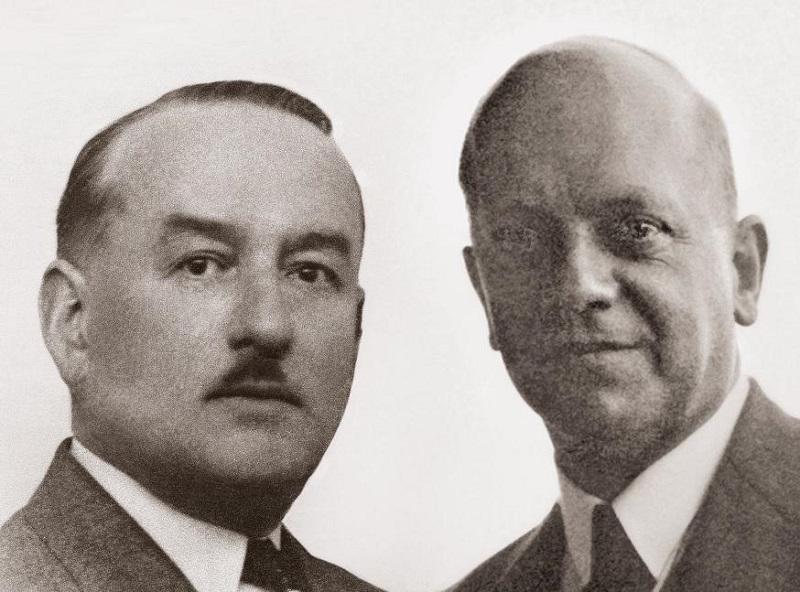
Established in 1886 Mathey-Tissot specialised in complicated watches such as minute repeaters and chronographs.
Taking his knowledge with him, William returned to Les Bois in 1909 to work for the Swiss branch of the business overseen by his father. In 1910 Alcide retired, and with his Uncle Arthur’s blessing, William inherited the reins at the age of 25 which also included the running of the workshop in La Chaux de Fonds.
In 1912 William was to become acquainted with Paul Tchereditchenko, a Russian that had settled in Switzerland. He had been hired by Haas watchmakers of Geneva. His great business acumen and mastery of no less than seven languages soon found him as business manager. Once his application for Swiss citizenship had been approved, he was to take up his French mother’s maiden name – Mercier. At Paul’s request, William attended a business meeting in Geneva. He set off from Les Bois 'armed' with a briefcase full of Baume & Co timepieces.
The easy and elegant Russian came across as being very charming and charismatic but also possessed a keen eye for quality. When asked which watches he was interested in stocking in Geneva, Paul replied that he would like to order them all for his store! From here a great friendship was forged.
At the end of the First World War in 1918, William left his family home in Les Bois and moved to Geneva. He and Paul founded the new company Baume et Mercier. William was in charge of the production and all things technical with Paul overseeing all things commercial.
The immediate success and rapid growth came as no surprise given the pairs’ attributes; their manufacture was now producing the finest Swiss timepieces as well as supplying their movements to the United States.
In 1919 Baume & Mercier were awarded the highest hallmark in watchmaking – the Poinçon de Genève.
A year and a half later, having been ranked number one for producing most watches to qualify to the stringent tolerances laid out by the Poinçon de Genève they were awarded a Diploma.
Mercier’s influence helped Baume & Mercier to lead the way into the emerging market of ladies’ luxury timepieces, producing elegant, dainty pieces on bracelets. The success of this foresight enabled them to counter the devastating effects of the depression era of the 1920s and the stock market crash of ’29.
Unfortunately, health reasons forced William Baume to retire from operations in 1935 with none of his children wishing to enter the business, Paul died in 1956 aged 71. Paul Mercier continued for a couple of years alongside the new business partner, Ernesto Ponti, but decided to sell his shares in 1937.
